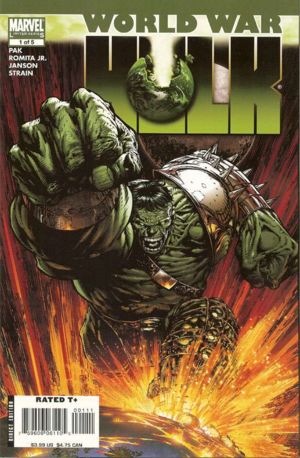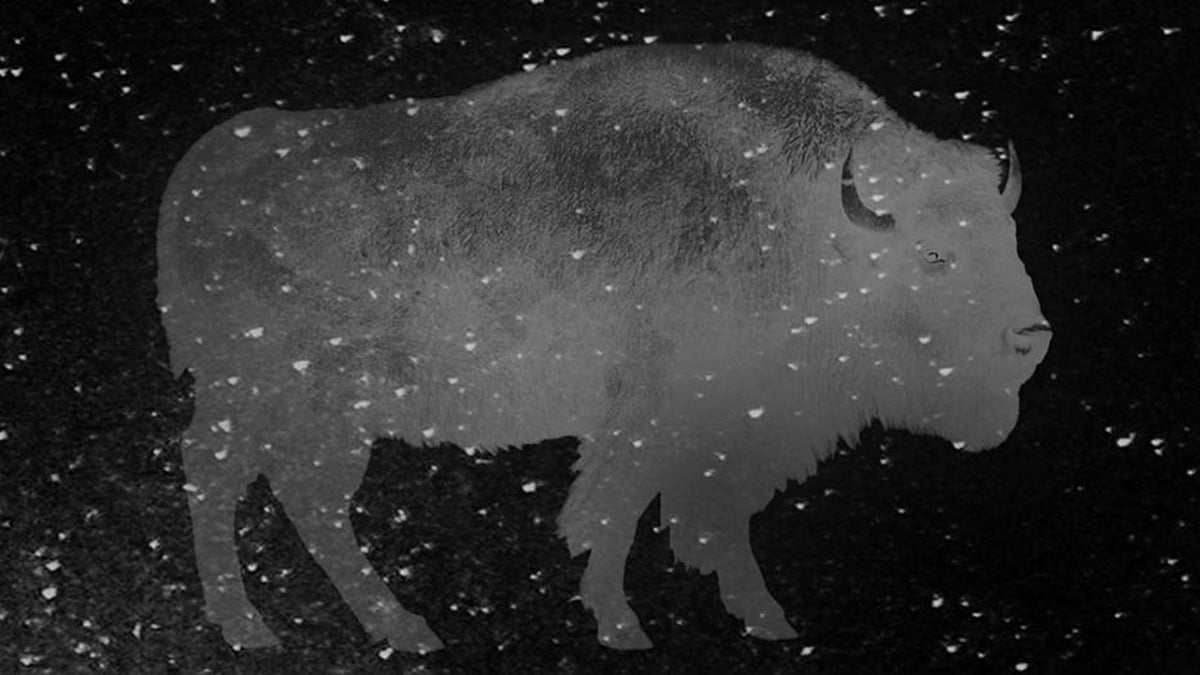Over the recent holiday weekend we had occasion to spend a fair bit of time going through posts from the Old Beat, clearing out some spam and trying to clean up the database for various purposes. Along the way we were forced to violently relive the last few years of the last decade. It all seemed so simple once. So many news stories that never went anywhere — a few we jotted down for future investigation, but there were also things like this fellow who spent money in 2007 to announce his new blog. Now it’s only a reseller placeholder. They had such big dreams, but those big dreams crawled under a rock to die.
Here’s a pretty interesting post from June, ’07, three years ago, in which Tom Spurgeon identified contemporary industry issues, namely:
1. The Greatest Issue Facing the Direct Market?
2. Syndicates and Self-Knowledge
3. The Mainstream Comics Event Comics Publishing Dilemma
4. The Alternative Comics Serial Comics Publishing Dilemma
5. Manga’s Publishing Dilemma
6. Loss of the Professional Class?
Which is a pretty good snapshot of where our heads were at a mere three years ago when it was all so simple, and people were launching comics blogs. Anyway just to quickly contemplate the trajectory since then:
1. This had to do with the great swaths of the country not serviced by comics shops. Strange to think that in 2007 digital comics was right up there with ethanol and trepanation as crazy ideas held only by crackpots. Luckily, digital came along and solved all our distribution problems.
2. Digital also solved all the problems of syndicated strips, that is, if you consider what William Munny did to Little Bill at the end of UNFORGIVEN as solving problems.
3. The Mainstream Comics Event Comics Publishing Dilemma — still with us undiminished!!!!
4. The Alternative Comics Serial Comics Publishing Dilemma — Diamond solved this one in William Munny fashion.
5. Manga’s Publishing Dilemma — Tom wrote:
Is there an expectation of a broader but still significantly vital market driven by mid-level hits? The US manga industry has really never communicated a sense of its own publishing future, in a way I think such silence actually detracts from the ability of some market mechanisms and some readers to fully invest in what they’re doing.
which called it pretty well.
And then #6 — I guess NO ONE ONE COULD HAVE PREDICTED that in 2007 we were actually in the beginning stages of The Great Recession, and all this worry about making a living for cartoon types would spread to cover, oh, the entire US workforce. Good one.








Strange to think that in 2007 digital comics was right up there with ethanol and trepanation as crazy ideas held only by crackpots
Yeah…I’m still not sold on ethanol.
And speaking of the Great Recession – have you been keeping up with Barnes and Nobels? Since I brought it up, their stock has fallen down to 12.50 with Wall Street pundits calling them a bad buy (even at this low point)
Seems like there were plenty of comics blogs before 2007. Right? Am I crazy?
“Is there an expectation of a broader but still significantly vital market driven by mid-level hits? The US manga industry has really never communicated a sense of its own publishing future, in a way I think such silence actually detracts from the ability of some market mechanisms and some readers to fully invest in what they’re doing.”
Take all that to mean that comic books have to renew their audience (and so do I for that matter) every three years, and Manga failed to prepare for that.
The last three years have eerily solidified in my mind that in life as well as comics:
“deserves got nothing to do with it.”
Ha! I started my blog at about the same time, mostly bec. I was looking for an outlet to write about comics and work in tech. And I thought eventually it might give me a way to get into cons free and provide a way to deduct the cost of attending.
I never got into a con free, and I think I stopped regularly blogging after about 6 months. Now it just hosts images and provides the occasional creative outlet when I need it.
If only I had put out some PR like this, maybe it would have lasted longer . . . :)
Hate to say it, but it looks like #4 is beginning to apply to the major comics publishers as well. When a title sells 20K a month in paper, when do the publishers begin to consider other alternatives?
So, some predictions:
1) Comics for kids will go mainstream within the next five years. Many libraries already have dedicated graphic novel sections in kids, teen, and adult collections. Librarians know how well comics circulate, and circulation figures are a leading barometer for library usage.
2) Comicbook stores will morph into graphic novel book stores, similar to mystery and cookbook stores. Many already have replaced back issue bins with bookshelves. The big question: without periodicals luring customers in on a regular basis, how will these stores compete? Might they receive graphic novels before the general retailers? Will we see more comics shop set up online stores?
3) As traditional book publishers master this niche, we will see migration of graphic novels into other categories. Certain romance novel series are already numbered (such as Harlequin Blaze), and Harlequin even bundles the monthly offerings into a monthly ebook offering. Compare numbered paperbacks ($4.49) to numbered comics ($3.99). Compare the respective fans’ purchasing habits.
Will bookstores sub-categorize graphic novels within other genres? Or inter-shelve the titles, like some will do with the forthcoming Evanovich graphic novel?
4) As the bookstore and library market expands, many writers and illustrators will make a living by not making comics, but by illustrating graphic novels. They might not be as well-known as they might have been if drawing comics (but then, how many artists at DC or Marvel are well known?).
5) The comics industry could have avoided some of the Comics Code austerity by converting adult titles into magazines similar to MAD. What we will soon see is that periodical comic books will once again be “only for kids” as more mature fare is presented either online as a digital comic, or in a graphic novel marketed toward adults.
6) As comics fans mix with bibliofiles via libraries and bookstores, comic-cons and book festivals will cross-pollinate, possibly even turning trade shows into public events. As sub-cultures mix, what will result?
I’m pretty sure that I’d blogged and quit and blogged and quit at least twice before 2007.
And I can’t say that I’m surprised that the largest organizations take the longest time to begin course correcting.
Hmmm… Last I heard, Nouriel Roubini was working for The Daily Show. Someone get him a glass of water!
Torsten,
Regarding stores morphing into graphic novel stores, are there any cookbook or mystery stores? (Maybe there is one or two in all of California????)
Besides, my local retailer sells most graphic novels at retail price. That is the reason that I rarely buy such books there. I don’t see a business model that can succeed here……
Sorry to be doom & gloom, but the current trend of raising ‘floppy’ prices is certainly not helping the cause…..
TonyJazz,
Don’t know about California, but we have a mystery-themed bookstore here in south Minneapolis (Once Upon A Crime, http://www.onceuponacrimebooks.com/).
And there are numerous cooking-themed stores, which of course carry cookbooks.
–P.
“As traditional book publishers master this niche…”
This comment seems to presuppose that traditional book publishers can or will “master” graphic novel publishing (whatever “master” means in this context.)
That seems to me far from given.
I perceive fewer (or maybe the same number, but certainly not significantly more) innovative graphic novel projects coming from “traditional” book publishers than in years past.
I do see more traditional publishers undertaking graphic novel projects associated with the prose authors they already publish. That doesn’t particularly imply a “mastery” of the graphic novel category as much as it implies a reduced interest in the category, refocused on author brands with which they already work.
(I also imagine that “traditional” book publishers that offer distribution services to other publishers will increasingly offer those services to graphic novel publishers–what Norton does for Fantagraphics or Hachette for Marvel. But that doesn’t necessarily imply that those distributor publishers are becoming expert in graphic novels themselves, just that they’re seeing potential offering their services to those who are expert graphic novel publishers…)
All of which is to say that traditional book publishers’ involvement in graphic novels isn’t automatically going to result in those traditional publishers becoming major expert forces in graphic novel creation in future.
“Master” means knowing how to create graphic novels of decent quality, and then using the company’s general knowledge of marketing books to market the graphic novels as well as they market prose and art books.
Here are some mainstream publishers offering original titles of quality:
Random House/Pantheon (as well as occasional titles from Villard and Crown, as well as many juvenile series like Baby Mouse)
Simon & Schuster/Atheneum
Scholastic/Graphix
Abrams/Amulet
MacMillan/First Second
MacMillan/Farrar, Straus and Giroux/Novel Graphics
W. W. Norton (a small list, but Sophie Crumb’s book is going to land BIG)
HarperCollins (Scott McCloud, Bongo, Ruth Thompson, Larry Gonick)
Bloomsbury
Forthcoming books of note from the above publishers:
Vietnamerica
Sophie Crumb: Evolution of a Crazy Artist
Octopus Pie
Hereville: How Mirka Got Her Sword
Adventures in Cartooning Activity Book
Amulet: The Cloud Searchers
Ghostopolis
X’ed Out
Flight, Volume 7
Dante’s Divine Comedy
Anne Frank: The Anne Frank House Authorized Graphic Biography
(These are pure graphic novels. I omitted historical overviews, and anything by comics-only publishers.)
As for specialized bookstores, yes, their ability to stay in business was questioned. Independent bookstores are troubled, yet comics shops can survive like cookbook stores do, by offering ancillary product lines (action figures, t-shirts, toys, food) that other stores do not, as well as expertise and community (just like many other independent retailers).
Torsten:
I certainly don’t deny that there are several “traditional” book publishers that have actual ongoing graphic novel publishing programs of note. (And I don’t deny that there are many “traditional” book publishers who have also published occasional graphic novels of note, which isn’t exactly the same thing…)
But let me put the question this way: many of the traditional publishers you list are among those with ongoing graphic novel publishing programs. They’ve published graphic novels for *years*, even decades (in the case of Pantheon at least.) Surely, some of those traditional publishers have been at it long enough to achieve some level of mastery. So what affect has the success of those traditional publishers listed had in the larger world of comicdom? Has their success furthered the category migration you predict? What has been the effect of these publishers’ success with graphic novels–other than, perhaps, *other* publishers trying out the category in an attempt to emulate their success? Honestly, some of these “traditional” book publishers have published graphic novels for so long that we ought to be able to talk about some of the actual *effects* of their involvement in the category, instead of predicting potential results of their involvement. That, though tangential to this discussion, might be an interesting disucssion as well…